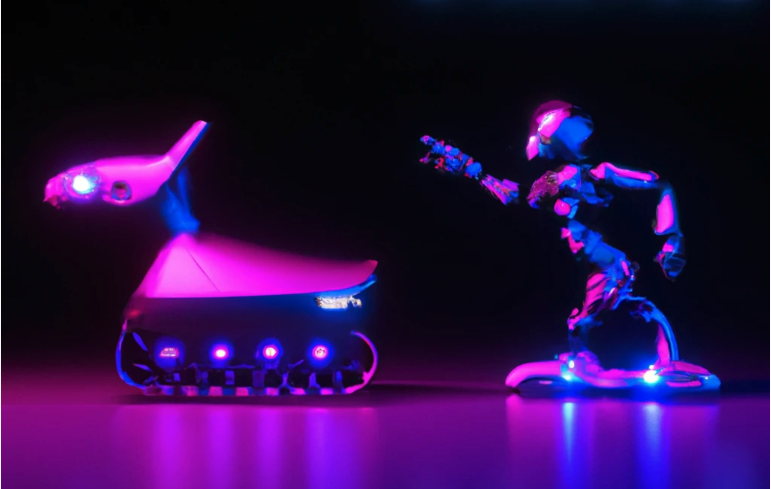
Automation has become an integral part of various industries. One such automation technology that has gained significant popularity is line following robots. These robots are designed to follow a predetermined path or line, making them ideal for tasks that require repetitive and precise movements. In this post, we will explore the concept of line following robots and how they are used in industrial settings.
Line following robots, also known as autonomous guided vehicles (AGVs), are equipped with sensors and software that enable them to detect and follow pathways marked on the floor. These lines can be simple black lines on a white surface or more complex patterns, depending on the requirements of the task. The sensors on the robots detect the contrast between the line and the surrounding surface, allowing them to stay on track. (Robot Besties note: our Makeblock Mega Mbot can follow a thick black line on a white background with sensors on the base of the robot)
A primary use of line following robots is material handling. Robots can transport goods from one location to another within a facility according to their programming. For example, in a manufacturing plant, AGVs can move raw materials from the storage area to the production line, and then transport finished products to the packaging and shipping area. By automating these tasks, companies can improve efficiency, reduce human error, and increase productivity.
AGVs are also widely used in the automotive industry. In car manufacturing plants, these robots can be seen transporting car parts, such as engines, chassis, and tires, to different assembly stations. The robots follow a predetermined path, ensuring that the parts are delivered accurately and on time. This not only speeds up the production process but also minimizes the risk of accidents or damaged parts.
Warehouses and distribution centers can make heavy use of AGVs. These robots can navigate through aisles and shelves, picking up and delivering items to the designated locations. By automating the picking and sorting process, companies can significantly reduce the time and effort required for inventory management. Moreover, robots can work 24/7, ensuring continuous operation and faster order fulfillment.
Furthermore, line following robots and AGVs are used in industries where cleanliness and hygiene are crucial, such as pharmaceutical manufacturing and healthcare. These robots can be equipped with cleaning mechanisms, allowing them to follow a path and clean floors, walls, or other surfaces. By automating the cleaning process, companies can maintain a sterile environment and reduce the risk of contamination.
Robots, especially AGVs have revolutionized work in industrial settings. From material handling to quality control and cleaning, these robots offer numerous benefits, including increased efficiency, reduced human error, and improved productivity. As technology continues to advance, we can expect robots to play an even more significant role in various industries, making processes faster, safer, and more streamlined.


